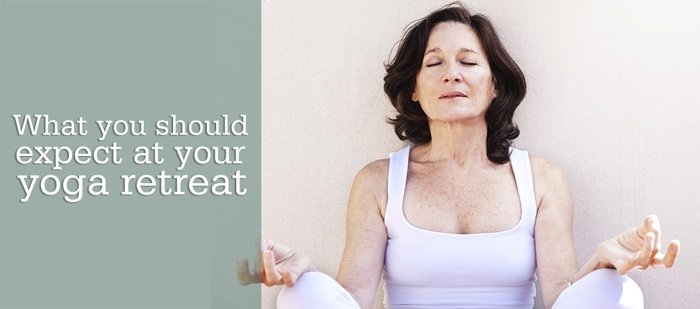There are many ways to learn about and participate in yoga, which some consider an art form, and others consider a way of life.
There are countless videos you can try at home, classes you can try at health clubs, and groups you can join.
You can do yoga in your hometown, on the road, or at specially designated yoga retreats.
6 Things You Should Expect At Your First Yoga Retreat
Working on yoga using a video online or by taking a local course is pretty straightforward. You listen to the instructor and try to do the postures. Not that yoga is easy. In fact, it can be very challenging. But it’s not difficult to find a place to get started.
But if you really want to immerse your body, mind, and soul into the therapeutic aspects of yoga, you may consider going on your an eye-opening yoga retreat.
These programs are intensive, yet relaxing, full-body experiences that usually take place in beautiful, natural locations. If you love to travel, you can find retreats near the Mayan Ruins in Mexico, the Sonoran Desert in Arizona, the jungles of Costa Rica, or even the island of Koh Samui, Thailand.
What can you expect to experience during your first yoga retreat?
Commune with kindred spirits.
Yoga is the practice of uniting, so you’ll be around like-minded people with whom you can connect with on a deeper, soul level.
Instead of practicing alone at home, or in a room full of people who are only fitting in yoga before continuing the rest of their hectic days, you’ll be surrounded by people who are fully committed to the benefits and mindfulness of unifying their whole selves.
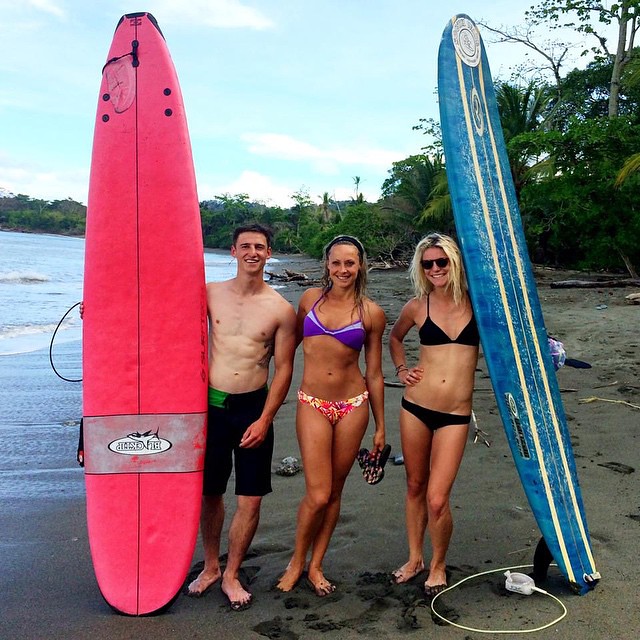
Intense, daily practice.
While you might take a class regularly, your daily life has to include the responsibilities and duties that may take away from the amount of time you can devote.
On a retreat, you’ll be able to focus on your practice, for hours at a time, without regular life interruptions. And you’ll find yourself improving more quickly so that when you do go home you have learned new abilities to use in your hectic, everyday life.
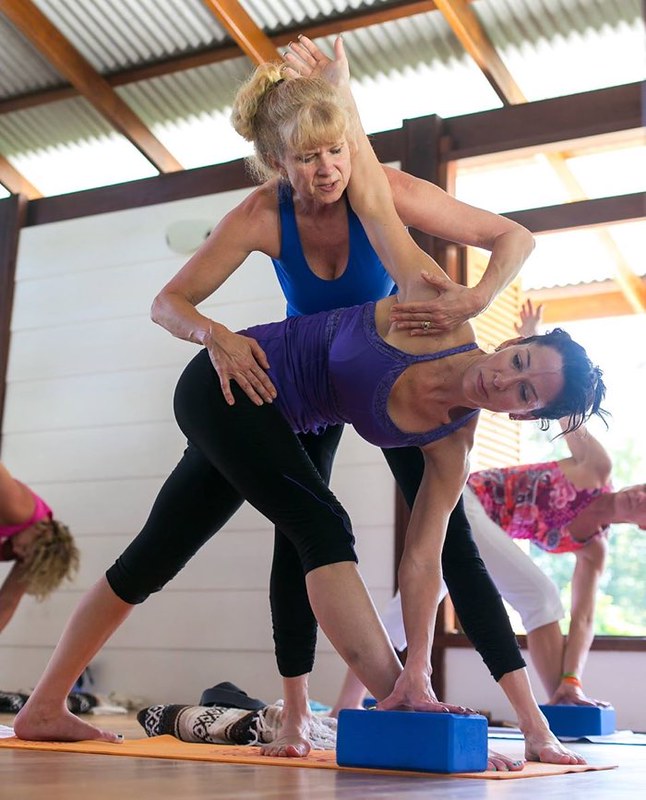
Trying new things.
Yoga retreats usually include more than just yoga postures.
You’ll have the chance to try things like cave exploring, hiking, deep sea diving, and nature excursions.
Just like any other vacation, it will be a real adventure.
Eating healthy.
Assuming your retreat has meals, you’ll be treated to healthy foods that will energize your practice.

Going off-grid.
Even though you’ll probably have access to wi-fi, retreats can give you a great opportunity and excuse to turn off your devices and focus on your inner connection (as opposed to your Internet connection).
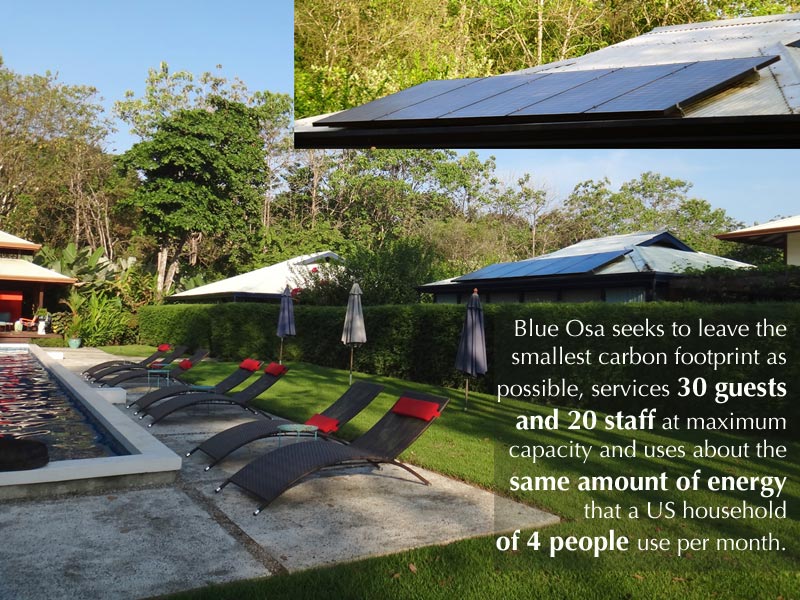
New views and fresh perspectives.
Retreats will give you new views, both physically, because you’ll see new things, but also spiritually, because you’ll “see” things differently with “new” eyes. Your perspective will change because of the immersion into the environment and into yourself.
Check out this video with Yogi Aaron talking about the power of a yoga retreat >>
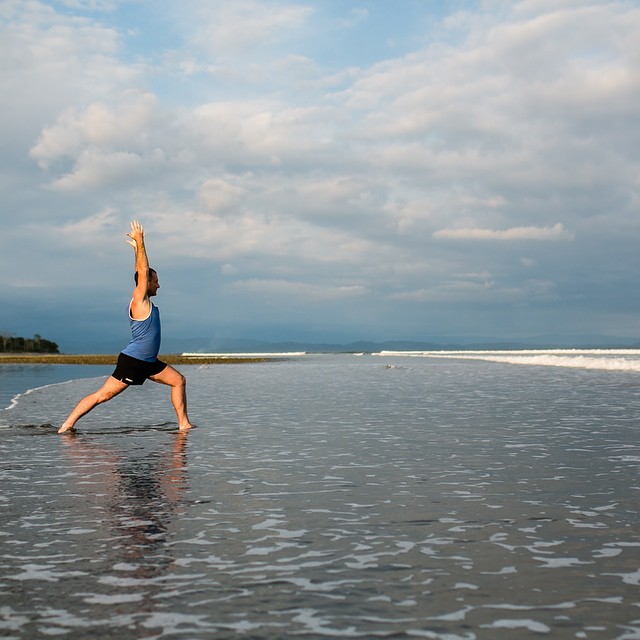
Each retreat package is different, but most will include meals, a specific style of yoga, teachers and instructors with backgrounds you can research, and packages with planned activities.
[et_bloom_inline optin_id=”optin_23″]
Customize Your Yoga Retreat Experience
Some retreats have multiple classes each day, while others may only have one. You may find some locations have spas, sweat lodges, and massage therapists on site. Others may focus more on exploring the area outside of the yoga classes.
If you’re more comfortable with having a full day planned out for you, your first yoga retreat will accommodate that need. Others give you plenty of free time to decide what you need out of your vacation.
Yoga isn’t just one style, though most retreats will focus on one. There is Anusara for newbies, Bikram for weight loss, Jivamukti for traditionalists, and Ashtanga for cardio lovers. And that’s just a few of the types. Your chosen retreat will allow you to delve deeply into your favorite style(s).
Yoga retreats are for everyone.
Even if you are new to the art of yoga or you regularly find time to meditate. Take the time to include a yoga retreat into your lifetime vacation goals is time worth spending.
You will learn a lot and maybe even change from the inside, out. Research popular programs, find out which ones meet your needs and your budget and enjoy the relaxation and soul-searching experiences you’re sure to have on your retreat.


